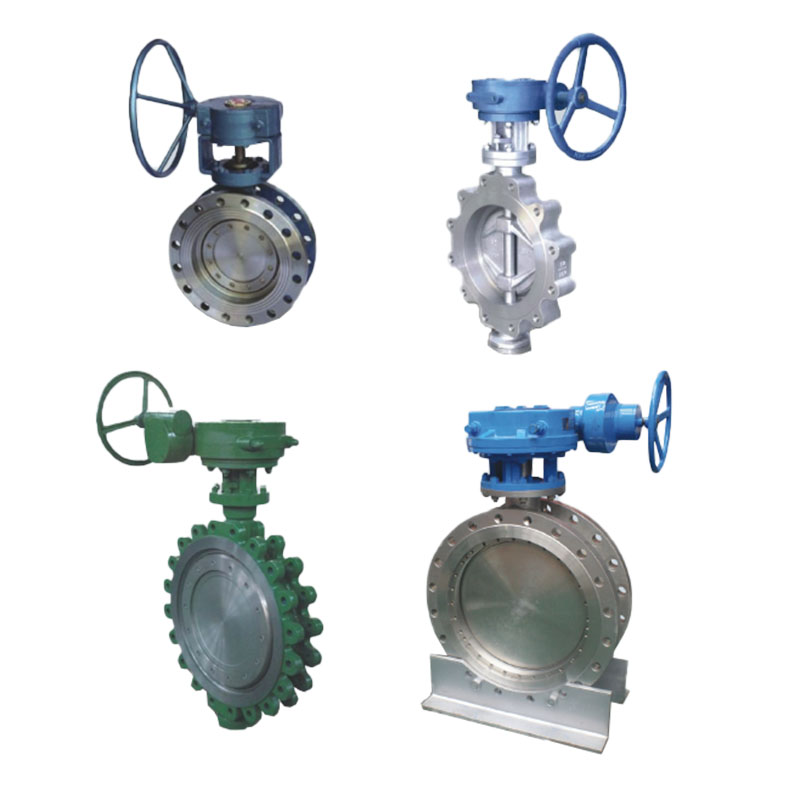Zhejiang Shunlin Valve Co., Ltd. is China Flange Valve Manufacturers, we are design and manufactures API standard valves (globe valves, gate valves, check valves, ball valves).
Forged Steel Valves are used to start or stop the flow of medium through piping systems
Update:2023-10-05 7:00:00 Thursday
Summary:Forged Steel Valves are used to start or stop the flow of medium through piping systems. They are used in commercial and industrial settings, from mining and mineral processing to agriculture and livestock handling. They can be compact or oversized, ......
Forged Steel Valves are used to start or stop the flow of medium through piping systems. They are used in commercial and industrial settings, from mining and mineral processing to agriculture and livestock handling. They can be compact or oversized, and can come in a variety of shapes and sizes. There are two main ways that valves can be manufactured: forged or cast.
Forging involves the application of heat energy to hard, solid blocks of metals and using mechanical pressure to further transform them into finished products. This technique allows manufacturers to create exceptionally durable valves that can survive even the most severe applications. Valves that are forged are stronger, more ductile, and have more strength properties than those that are cast. Forged valves also have better dimensional tolerance and a more uniform wall thickness. They can be created with closed or open dies, which can result in a finished product that is net shape and requires no second machining operation.
The key to producing a high-quality forged valve is selecting the best possible raw materials and utilizing the correct forging techniques and equipment. Valve manufacturers must use skilled labor and specialized machinery to ensure that the final products meet industry standards and are suitable for the most severe applications. Valves that are not made with the proper quality raw materials can suffer from a number of problems, including corrosion and erosion.
While some manufacturers claim that one type of valve is better than another, the truth is that both types have their own unique set of benefits and weaknesses. Forged valves are the better option for high-pressure applications, while cast valves are more suitable for lower-pressure environments. In this article, we’ll take a closer look at the forging process and compare it to the casting process. We’ll also discuss the pros and cons of each type of valve.
Unlike forged valves, which are manufactured through a forging process, cast valves are made by pouring melted metal into molds and letting it solidify. This method is also known as sand casting and is the most popular way to manufacture cast steel valves. While this is a time-tested, cost-effective method of production, it can result in flaws like voids that are difficult to repair and can compromise the quality of the valve.
Forged stainless steel valves are manufactured through a forging process that involves heating the material to a specific temperature range before it is placed on a die and hammered with a hydraulic press. This process causes the material to form into the desired shape, which is then subjected to a post-weld heat treatment and can be machined to a final size. The forging process is more accurate than casting, which often produces a finished valve with minor imperfections that can be time-consuming and expensive to repair. This makes forged valves the superior choice for industrial applications.


 English
English 中文简体
中文简体 русский
русский







